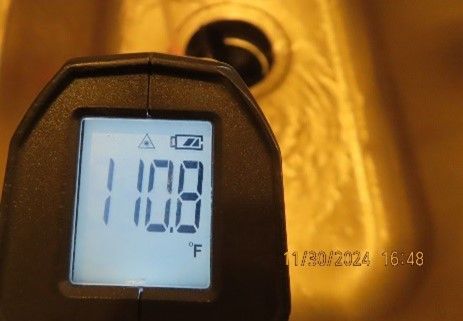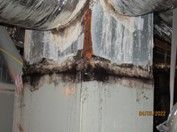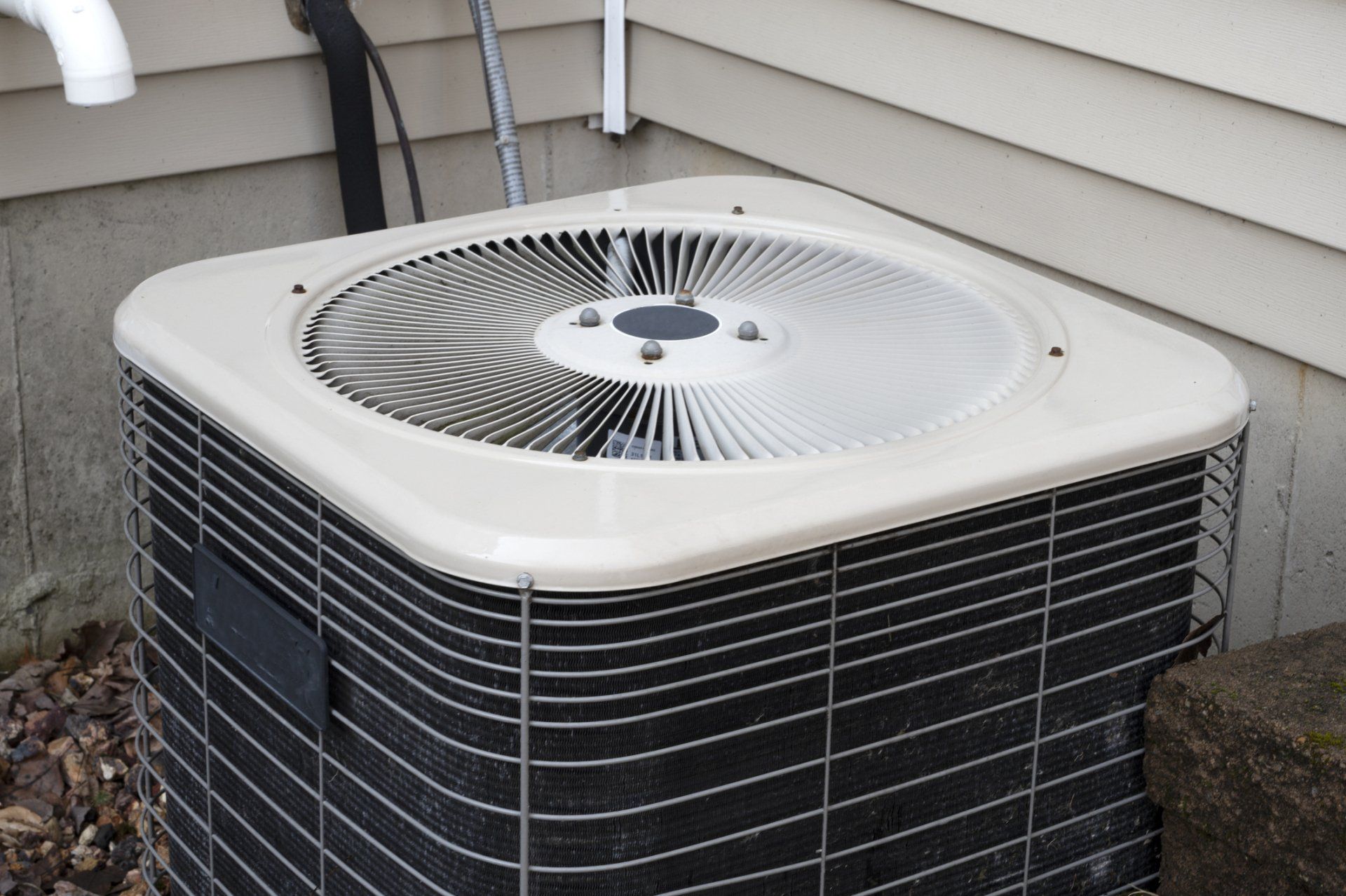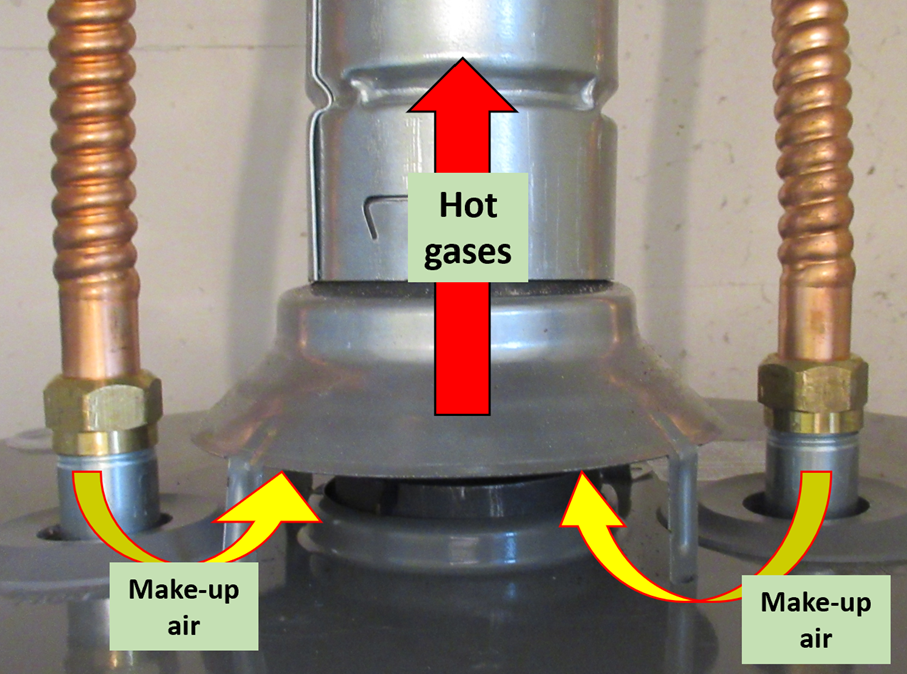Top 6 Roof Issues Identified During Property Inspections & How to Address Common Issues
When it comes to home inspections, the roof is one of the most critical areas to evaluate. A thorough roof inspection can reveal potential issues that, if left unresolved, might lead to costly repairs or damage to other parts of the home. Here’s an in-depth look at some of the issues home inspectors typically assess during a roof inspection and some tips for addressing common problems.
Key Elements Home Inspectors Examine
1. Roof Covering Materials - Inspectors will examine the condition of the roofing material, whether it’s asphalt shingles, metal, tiles, or another type. They look for signs of wear and tear, such as missing, cracked, or curling shingles, rust on metal panels, or broken tiles.
Remediation: Replace damaged shingles or tiles promptly. For metal roofs, address rust by sanding, priming, and repainting the affected areas. For extensive wear or age, consider a full roof replacement. Note that in the Houston area, asphalt shingle roofs are the most common roof covering. Asphalt shingle roofs last approximately 15-20 years if maintained.
2. Flashing and Sealants - Flashing is a critical component installed around chimneys, vents, skylights, and other openings in the roof covering to prevent water penetration. Inspectors check for gaps, corrosion, or deterioration in these areas.
Remediation:
Re-seal or replace flashing where necessary. Use high-quality, weather-resistant sealants to reinforce protection around vulnerable areas. Have roofs inspected regularly to avoid costly repairs. Note that some insurance carriers require proof of roof inspections when making a claim. They want to ensure the homeowner has be maintaining the roof covering.
3. Gutters and Downspouts - Inspectors assess the condition of gutters and downspouts to ensure proper drainage. They’ll look for blockages, sagging sections, holes, or detached pieces that could impede water flow.
Remediation: Clear debris from gutters regularly and repair or replace damaged sections. Ensure that downspouts direct water at least five feet away from the foundation to prevent water damage or negatively affect the foundation.
4. Roof Ventilation - Proper ventilation is essential to regulate temperature and moisture levels in the attic. Inspectors check for adequate venting and signs of trapped moisture, such as mold, mildew, or warped wood.
Remediation: Install additional vents or upgrade existing ones to improve airflow. Address any mold or mildew with professional remediation services.
5. Signs of Water Damage Water stains, wood rot, or mold on the underside of the roof deck are telltale signs of leaks. Inspectors often find these issues during attic inspections.
Remediation:
Identify and repair the source of a roof leak immediately. Replace water-damaged materials to prevent further structural damage or mold growth.
6. Structural Integrity - Inspectors evaluate the roof’s overall structure, looking for sagging, uneven surfaces, or damage caused by excessive weight from snow or debris.
Remediation: Reinforce the roof’s structure by adding supports or beams. Regularly remove heavy snow or debris to prevent future damage.
Additional Inspection Considerations
- Age of the Roof: Inspectors will consider the roof’s age in relation to its expected lifespan. Older roofs may need closer examination for wear.
- Signs of Animal Intrusion: Evidence of pests, such as nests or chewing damage, can compromise the roof’s integrity.
- Chimneys and Skylights: These areas are inspected for cracks, loose components, or inadequate sealing.
Proactive Roof Maintenance Tips
- Schedule annual inspections and cleanings to catch minor issues before they escalate.
- Trim overhanging branches to prevent damage from falling limbs.
- Regularly inspect the attic for signs of moisture or pests.
- Keep a detailed record of maintenance and repairs to provide to future homebuyers.
Conclusion
A roof inspection is a vital part of maintaining your home’s value and safety. By understanding what inspectors look for and addressing issues proactively, you can ensure your roof remains in excellent condition. If problems are identified, act promptly to implement the recommended repairs or replacements. Investing in regular maintenance will save you time, money, and stress in the long run, ensuring your home stays protected from the elements.





